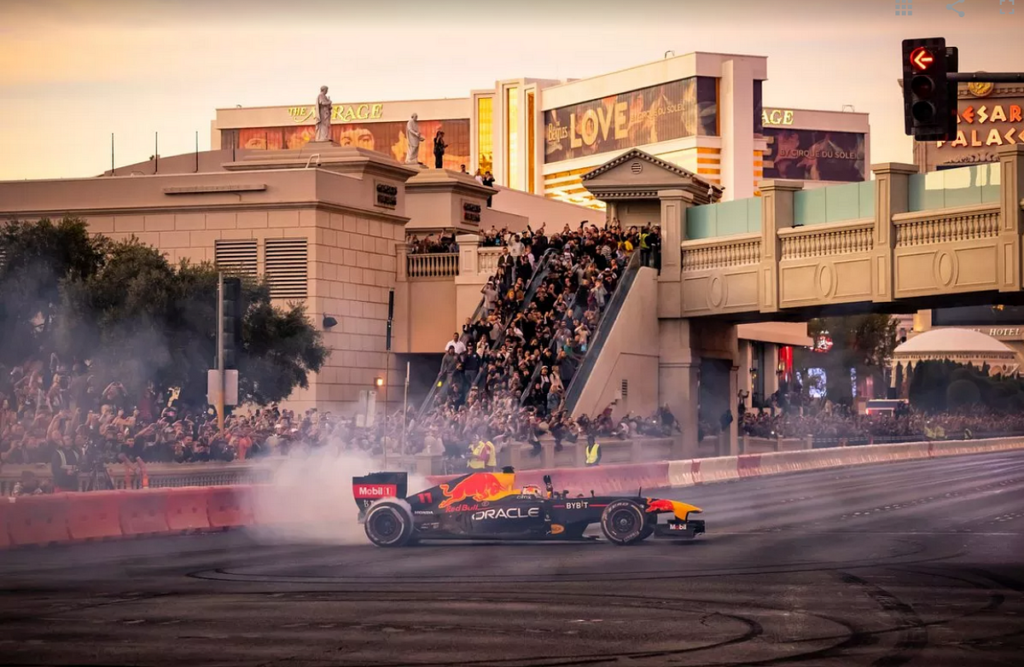In the high-octane world of Formula 1, where speed and precision are paramount, the essence of competition extends far beyond the racetrack. It’s in the strategic meetings, the technical briefings, and the relentless pursuit of perfection where the real race is often won or lost. This blog post delves deep into the core of F1 briefings, exploring their significance in shaping the outcome of races and the sport itself.
The Prelude to Speed: Technical Briefings
At the heart of every Formula 1 race weekend is a series of technical briefings that are as crucial as the race itself. These meetings are where the intricate dance between engineering excellence and strategic prowess takes center stage. Engineers, strategists, and drivers come together to dissect every aspect of the upcoming event, from tire choices and fuel load to aerodynamic setups and weather considerations.
The technical briefing is a testament to the sport’s complexity. Teams analyze data from hundreds of sensors on the car, simulating various race scenarios to devise the optimal strategy. It’s a realm where milliseconds are dissected, and the smallest adjustment can mean the difference between standing on the podium or watching from the sidelines.
F1 briefings: The Strategy Room, Where Races are Shaped
Beyond the technical aspects, the strategy briefings are where the broader game plan is crafted. These sessions are a melting pot of data analysis, human intuition, and competitive intelligence. Teams scrutinize past performances, both their own and their rivals’, to predict race dynamics and make informed decisions on pit stops, overtaking opportunities, and defensive tactics.
The strategy briefing is a chess game played at 200 miles per hour. It’s about anticipating the moves of your opponents and the unpredictable elements of racing, such as safety car deployments or sudden weather changes. The best strategists in F1 briefings have a knack for seeing beyond the immediate race, understanding how each decision impacts the championship battle.
Navigating the Regulatory Maze: Compliance Briefings
F1 briefings are not just a test of speed and strategy but also of adherence to a complex set of regulations. Compliance briefings are crucial to ensure that every aspect of the car and team operations meets the stringent standards set by the FIA, the sport’s governing body. These meetings cover everything from technical regulations, such as engine power units and aerodynamic configurations, to operational rules regarding team communications and race conduct.

The compliance briefing is where the rulebook meets innovation. Teams push the limits of creativity to find competitive edges within the boundaries of the regulations. It’s a delicate balance, where the ingenuity of engineers and designers is constantly tested against the ever-evolving rulebook of Formula 1.
The Human Factor: Driver and Team Briefings
Amidst the technical jargon and strategic calculations, the human element remains at the core of F1 briefings. Driver briefings are an essential conduit for feedback, where racers share their insights from behind the wheel, offering a firsthand perspective that can influence strategic decisions and car adjustments. These meetings are a collaboration, a dialogue between the driver’s instincts and the team’s expertise.
Team briefings, on the other hand, foster unity and motivation. They are a reminder that success in Formula 1 is a collective endeavor, requiring the synchronized effort of hundreds of individuals. From the pit crew to the engineers, from the strategists to the drivers, each member plays a critical role in the quest for victory.
The Evolution of F1 Briefings: Adapting to the Digital Age
The digital transformation has revolutionized how F1 teams approach briefings. Data analytics, simulation technologies, and real-time telemetry have enriched the briefing process, allowing teams to make more informed decisions faster than ever. Virtual reality setups enable drivers to familiarize themselves with the circuit and race conditions, enhancing their preparedness and confidence.
Moreover, the global nature of Formula 1 and the challenges posed by the pandemic have accelerated the adoption of remote briefing technologies. Teams have become adept at coordinating strategies and sharing insights across continents, ensuring that the wheels of innovation never stop turning, even off the track.
Conclusion: The Symphony of Success
Formula 1 briefings are a symphony of human intellect, technological prowess, and strategic acumen. They are the unsung heroes of the sport, where the foundation of every victory is laid. As F1 briefings continue to evolve, these briefings will remain pivotal, shaping the future of racing, one decision at a time.
In the end, F1 briefings are more than just a sport; it’s a relentless pursuit of excellence, a journey where every briefing, every decision, and every second counts. It’s a world where the roar of the engines and the clash of titans on the track are but the final act in an intricate ballet of preparation, strategy, and human endeavor.
Jim Pullman has extensive knowledge and experience in Home Building, Construction, and Design. He writes articles in his free time and partners with content creators to share his expertise with the online community.

